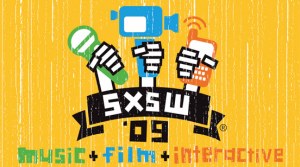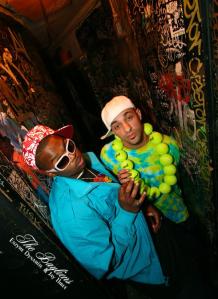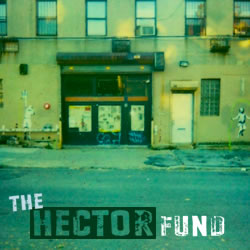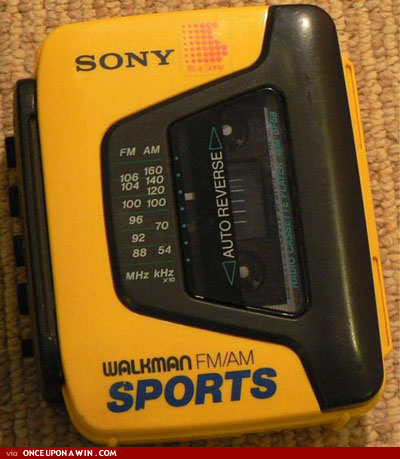Over the last several months, MixMatchMusic has been busy working on a short film for South By Southwest, titled “Remix…A New Way to Engage Fans”. Well, we’re happy to announce that the film is now live and you are invited to see how artists and fans are turning to remixing to connect and interact with fans in a music 2.0 world.
Emerging hip hop artists, the Bayliens, are poster children for a music 2.0 world that is nearly as much about connecting with fans off stage as it is entertaining them onstage. This film shows how they’re connecting with fans at an almost molecular level, by offering them the musical building blocks of their songs and encouraging them to remix them into new sounds and new songs. The film also features insights from AmpLive (of Zion I) and Trifonic on the power of artist-fan collaboration.
Musicians are navigating a dramatically changed music business landscape. More than ever, they have to engage and involve casual listeners in order to build deep and lasting relationships with them. The group behind the video, MixMatchMusic (aka, the dudes writing this post), is focused on helping musicians make those connections and deepening the bonds that link them with fans.








